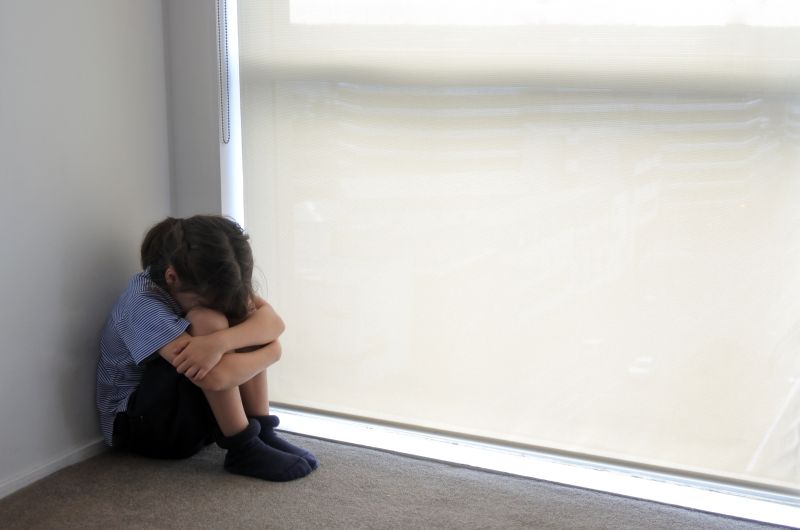
AdobeStock by Rafael Ben-Ari
<h2><span data-contrast="auto">A northwest Auckland research group has developed and released a resource for educators and parents on school distress. </span><span data-ccp-props="{}"> </span></h2>
<p><span data-contrast="auto">School distress, also known as school refusal, occurs when a child or young person experiences distress while attending school, or being asked to attend school. This can lead to non-attendance. </span><span data-ccp-props="{}"> </span></p>
<p><strong><a href="https://www.schoolnews.co.nz/latest-print-issue/" target="_blank" rel="noopener">Read the latest print edition of <em>School News</em> HERE</a></strong></p>
<p><span data-contrast="auto">A child or young person experiencing school distress may cry, become aggressive or run away in response to being asked to go to school; refuse to move; complain of headaches and nausea or have panic attacks. They may also ask to come home partway through the school day. Being forced to go to school can be traumatic for a young person experiencing school distress, and may compound the issue. </span><span data-ccp-props="{}"> </span></p>
<p><span data-contrast="auto">Local and international research has shown that school distress is not a matter of chosing not to attend school, it is an inability to attend school. </span><span data-ccp-props="{}"> </span></p>
<p><span data-contrast="auto">School distress may be linked to anxiety and depression or undiagnosed neurodivergence, among other factors. </span><span data-ccp-props="{}"> </span></p>
<p><span data-contrast="auto">Researchers Tania Chaney, Georgi de Stigter and Abegail Romualdo created the website to help educators, whānau and communities understand the phenomenon and how they can support young people and children to overcome school distress. </span><span data-ccp-props="{}"> </span></p>
<p><span data-contrast="auto">The website guides users through a definition of school distress, dedicated support for both whānau and educators who may know a young person experiencing school distress, wellbeing support and more. </span><span data-ccp-props="{}"> </span></p>
<p><span data-contrast="auto">Educators and whānau who would like to know more about school distress can access the site </span><a href="https://sites.google.com/view/school-distress/what-is-it" target="_blank"><span data-contrast="none">here</span></a><span data-contrast="auto">.</span><span data-ccp-props="{}"> </span></p>

NZCER found generative AI tools are frequently used to support teaching and learning in primary…
The Ministry decision to discontinue a reading resource over kupu Māori has angered the sector…
NCEA was designed to broaden educational success, explains David Pomeroy from the University of Canterbury.
More than just a break from the classroom, a visit to a zoo or wildlife…
Without proper maintenance and care, trees can become a hazard. Are your trees in need…
Loneliness and social disconnection negatively impact wellbeing. A new WHO report finds teens feel the…
This website uses cookies.